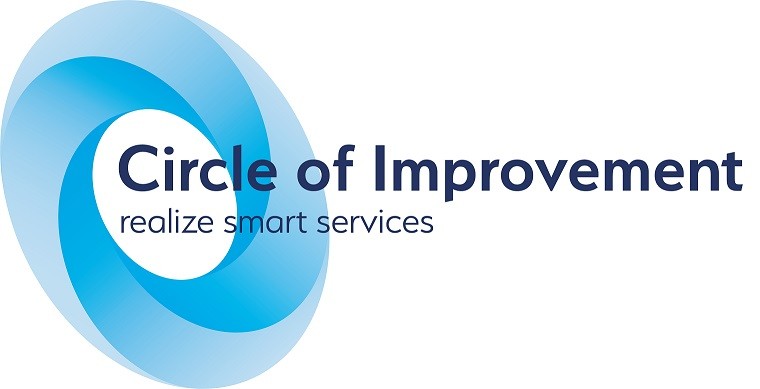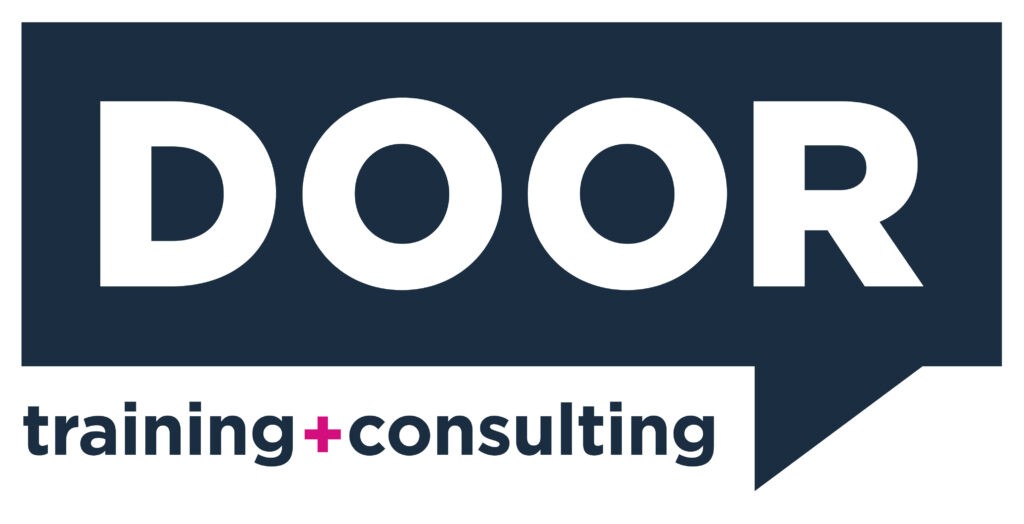Design of Experiments – An Essential Tool for Quality Improvement
Have you ever wondered how some companies consistently produce high-quality products while others struggle with defects and inconsistencies? What if there was a systematic way to unlock the secrets behind quality improvement and efficiency enhancement? This is why you need the Design of Experiments (DOE) – a methodology that not only reveals the hidden factors impacting your processes but also empowers you to make data-driven decisions that can transform your business.
In the blog post, we will embark on a journey through the world of DOE, exploring its historical roots, fundamental principles, and its profound impact on industries across the spectrum.
What is Design of Experiments (DOE)?
Design of Experiments, often abbreviated as DOE, is a powerful statistical tool used to systematically evaluate the impact of single or multiple changes to a process or design. By harnessing the principles of DOE, companies can create products that not only meet customer expectations but also surpass quality standards.
The effective application of DOE methodology can significantly reduce the number of test runs or trial builds required, ultimately saving valuable project time. Additionally, it can reveal hidden issues within the process, preventing costly errors down the line.
Exploring Design of Experiments Terminology
Before delving deeper into the world of DOE, let’s familiarise ourselves with some key terms:
- Controllable input factors: Also referred to as “x factors,” these are the parameters within a manufacturing or production process that can be adjusted. Think of it like cooking pasta, where controllable factors include the quantity of pasta and water used.
- Uncontrollable input factors: These are the input parameters that cannot be changed, such as the ambient temperature of a kitchen or the temperature of a factory where products are manufactured. Understanding how these uncontrollable factors influence the output is crucial.
- Responses (or output measures): These are the aspects of the process outcome that gauge the effects of the input factors. For example, in our pasta analogy, responses could be the taste and texture of the cooked pasta.
- Hypothesis testing:This involves determining significant factors using statistical methods. A hypothesis statement can yield one of two outcomes: a null or an alternative hypothesis. The null hypothesis applies when the current state of affairs is accurate, while the alternative hypothesis holds when the existing conditions are not valid.
- Blocking: Blocking is an experimental technique designed to eliminate unwanted variations in the input or process. For instance, it involves manufacturing a product using the same equipment to avoid equipment-related variations.
- Replication: Replication entails using the same combination of factors more than once to estimate the amount of random error in the process.
The Fundamental Steps of Design of Experiments
A typical process for conducting a design of experiments includes the following steps:
- Define the objective(s): Clearly articulate the goals and objectives of the experiment.
- Gather knowledge on the process: Acquire a comprehensive understanding of the process or system under investigation.
- Select your variables: Identify the variables that will be examined during the experiment.
- Assign levels to the variables: Define the specific values or conditions each variable will take on during the experiment.
- Conduct tests or experiments: Execute the planned experiments, systematically varying the selected variables.
- Data analysis and conclusions: Analyse the collected data to draw meaningful conclusions and insights.
When to Utilise Design of Experiments
Design of Experiments finds its application in various scenarios, including:
- During the ‘Analyze’ phase of a DMAIC project
In a Lean Six Sigma DMAIC (Define, Measure, Analyze, Improve, Control) project, DOE is invaluable for identifying the root cause of a problem. By employing DOE, improvement teams can dissect the effects of different inputs on the output.
- During the ‘Improve’ phase of a DMAIC project
In this phase, DOE can be used to develop predictive equations, enabling what-if analyses. Project teams can experiment with different ideas to determine the optimal settings for achieving the desired output.
Determining the Appropriate Experimental Design
Different types of experiment designs are available, each catering to various levels of complexity. Here are a few notable ones:
- One Factor at a Time (OFAT)
This approach involves examining each factor in isolation. It’s suitable for scenarios with only a few factors or interactions. However, it may overlook complex interactions present in more intricate designs.
- Two-Level Factorial Design
One of the most commonly used designs, the Two-Level Factorial Design, explores factors at two levels: low and high. This versatile approach is ideal for examining multiple factors while keeping the experiment manageable.
- Full Factorial Design
The most comprehensive approach, Full Factorial Design, tests all possible combinations of factors and levels. While it ensures that no interactions are overlooked, it can be time-consuming and expensive for experiments with numerous factors.
- Partial Factorial Design
To mitigate the time and cost implications of full factorial design, many organisations opt for partial or fractional factorial design. These experiments evaluate only a subset of possible factor combinations.
Enhance Your Organization’s Experimentation
Design of Experiments (DOE) represents just one of the many statistical tools that professionals can leverage through programs like the Lean Six Sigma Black Belt program. For those seeking to take their expertise to the next level, certification program offers comprehensive training in this methodology
Future Trends in Design of Experiments
As technology evolves, so does the field of Design of Experiments. Emerging trends in DOE include the integration of artificial intelligence and machine learning to enhance experimental design and predictive modelling. These developments promise to further revolutionise quality improvement practices.
For professionals looking to harness the power of DOE, ongoing training and education are essential. Numerous courses, workshops, and resources are available to help individuals build their expertise and apply DOE effectively in their respective fields.
In conclusion, Design of Experiments stands as an indispensable tool for quality improvement across diverse industries. Its historical significance, coupled with its ability to uncover hidden insights, makes it a cornerstone of evidence-based decision-making. By embracing DOE, organisations can not only enhance their products and processes but also pave the way for a future marked by continuous quality improvement.
FAQs About Design of Experiments
- What is the primary goal of Design of Experiments (DOE)?
- The primary goal of DOE is to systematically investigate and optimise processes, products, or systems by varying key factors and levels to improve their performance and quality.
What are the 3 qualities of a good experimental design?
A good experimental design possesses three key qualities:
- Reproducibility: The experiments must yield consistent results when repeated under the same conditions. This ensures that the findings are reliable and not subject to chance variations.
- Control: A well-designed experiment should have control over variables other than the one being studied. This helps isolate the impact of the specific variable of interest, enhancing the ability to draw valid conclusions.
- Randomization: Randomly assigning subjects or treatments reduces bias and ensures that the sample is representative of the population. Randomization helps avoid systematic errors and improves the generalizability of results.
What are the quality of experiments?
The quality of experiments is determined by several factors, including:
- Relevance: The experiment should address a meaningful research question or practical problem. It should have clear objectives and contribute to existing knowledge or practical applications.
- Validity: The experimental design should measure what it intends to measure. This involves ensuring that the chosen variables and measurements accurately represent the phenomenon of interest.
- Reliability: Reliable experiments produce consistent results when conducted multiple times under the same conditions. This involves minimising sources of variability and measurement error.
- Ethical Considerations: Experiments should adhere to ethical standards, including informed consent for human subjects, humane treatment of animals, and responsible handling of data.
- Transparency: The experimental methods and findings should be transparent and well-documented, allowing others to replicate the study and verify its results.
Is DOE a quality tool?
Yes, Design of Experiments (DOE) is a quality tool. DOE is a systematic approach to experimentation that helps organisations improve the quality of their processes, products, and services. It allows for the efficient exploration of factors affecting quality, the identification of optimal process settings, and the reduction of variability. DOE is widely used in quality improvement initiatives across various industries to achieve better results, reduce defects, and optimise processes.
What is design of experiments in total quality management?
In Total Quality Management (TQM), the Design of Experiments (DOE) plays a crucial role as a problem-solving and quality improvement tool. DOE is used to systematically identify and analyse the factors that affect the quality of products or processes. It helps organisations understand the interactions between variables, optimise process parameters, and reduce defects or variations. By integrating DOE into TQM practices, businesses can achieve more consistent quality, lower costs, and enhanced customer satisfaction.
What are the tools of quality?
The tools of quality, often referred to as quality tools or quality management tools, are a set of techniques and methods used to improve processes, products, and services. These tools include statistical methods, problem-solving techniques, and visual aids designed to identify, analyse, and address quality-related issues. Some of the key quality tools include Pareto analysis, Ishikawa diagrams, process mapping, statistical process control, and Design of Experiments (DOE).
What are the basic tools of quality?
The basic tools of quality, also known as the “7 Basic Quality Tools,” are a subset of the broader quality tools and include:
- Check Sheets: Used for data collection and tallying.
- Histograms: Visualise data distributions.
- Pareto Charts: Prioritise issues based on frequency or impact.
- Cause-and-Effect Diagrams (Fishbone or Ishikawa Diagrams): Identify root causes of problems.
- Scatter Diagrams: Show relationships between variables.
- Control Charts: Monitor process stability.
- Flowcharts: Illustrate process workflows.
These basic tools are often the first step in quality improvement initiatives and can help organisations address common quality challenges.







































![UCOURSE.ORG [UCOURSE Academy] was established in Hong Kong in 2019 (company name: UCOURSE LTD), dedicated to providing high-quality online courses and courses for Chinese people in China, Hong Kong, and even all over the world. UCOURSE.ORG 【优思学院】于2019年成立于香港(公司名称:优思学院有限公司 / UCOURSE LTD),致力于为中国、香港、以至身处于全球各地的中国人提供优质的线上课程和考试认证,促进全国的人材培育、个人的职业发展,让学员在事业上事半功倍,同时助力国家的未来的急促发展。](https://ilssi.org/wp-content/uploads/2021/02/ucourse-logo-250.png)













































